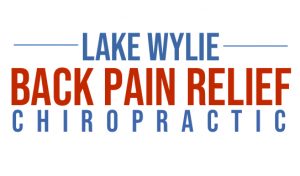Interestingly, it is the rule rather than the exception that carpal tunnel syndrome (CTS) is accompanied by other conditions also caused by repetitive types of activities such as work duties and/or hobbies. Therefore, a very important treatment strategy is educating the patient about the causes of CTS and other repetitive motion injuries that usually accompany CTS. It is important to include information regarding four common aspects that relate to causation, which include: 1. force; 2. repetition; 3. faulty posture; and, 4. no rest time. The net result of these four factors is overuse injuries referred to as cumulative trauma disorders (CTDs).
One of the leading types of CTDs is carpal tunnel syndrome. However, because over-utilization typically precedes the onset of carpal tunnel syndrome, other types of conditions affecting the entire upper extremity such as tennis elbow, shoulder bursitis, as well as neck pain secondary to muscle guarding must be included in the evaluation process. Once all the conditions are identified, the next important aspect in the management process is gaining an understanding of the patient’s work and/or hobbies as a successful outcome is dependent on identifying faulty workstations and modifying the work environment so that repetitive forces in awkward positions can be corrected. The most successful management approaches stem from discussions with the patient regarding these important aspects of the condition, as the most effective treatment approach may be totally ineffective without rectifying a faulty work environment.
An example of a common workstation cause includes placing a computer keyboard on top of a desk instead of underneath the desk in a pull out type of drawer. This is because any extreme position of the wrist creates significant pressure inside the carpal tunnel as the nine tendons inside the tunnel slide back and forth during finger movements. If the forearms rest on the edge of the desk while typing on the keyboard, this adds to the pressure and increased friction to the sliding tendons resulting in tendonitis, or inflammation of the tendons. Because the carpal tunnel is a small, confined space where a nerve and nine tendons pass from the forearm into the hand, even a small amount of swelling will result in excessive pressure inside the tunnel, pushing the nerve upwards into the roof of the tunnel or the ligament that crosses the wrist. This results in numbness, tingling, and eventually weakness and complaints such as difficulty in buttoning shirt, picking up small objects, or unscrewing a jar.
Once the workstation is properly modified and the patient is properly educated so that excessive, repetitive forces can be minimized, treatment approaches addressing each individual injured region from the neck to the hand will be much more effective.

